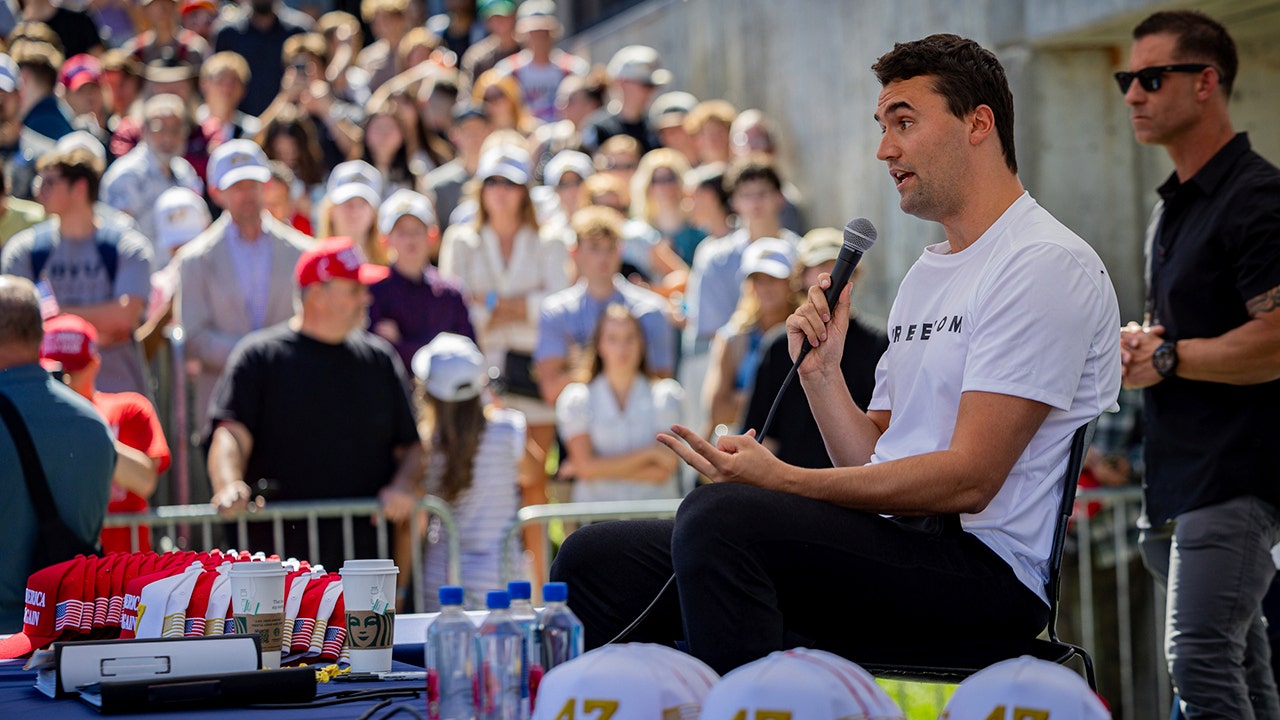Southwest Airlines on Monday said it has added cockpit safety alerts to nearly its entire fleet of 800 aircraft.
The safety alert system, designed by Honeywell, sets off verbal and text warnings if a pilot is about to use the wrong runway or approaches too fast for landing.
It’s like the alert systems used in many modern cars, dinging when a driver edges too close to another car, person or curb.
“Honeywell’s SmartRunway and SmartLanding software will provide our pilots with enhanced situational awareness to ensure the highest level of safety while operating on runways throughout the network,” Andrew Watterson, Southwest’s chief operating officer, said in a statement.
The technology is an attempt to avoid incidents like one that occurred on March 20, when a Southwest plane started taking off from a taxiway at Orlando International Airport instead of the runway running alongside it, according to a Wall Street Journal report.
Thankfully, an air-traffic controller intervened before take-off – helping to avoid a potential crash on a short taxiway or collision with another plane.
But it’s possible the Honeywell alert could have chimed in sooner, warning: “On taxiway! On taxiway!”
In 2017, an Air Canada jet nearly landed on a taxiway at San Francisco’s airport – where four planes waited with 1,000 passengers on-board.
The following year, the National Transportation Safety Board found that Honeywell’s alerts might have been able to alert the Air Canada pilots of the mistake well before the near-miss.
Honeywell’s alert system can also warn pilots when they are approaching a runway too fast, too high or if they’re overshooting the runway for a “long landing.”
“Honeywell systems and software onboard aircraft today help enhance situational awareness for pilots and flight crews — especially in low visibility flying conditions — to avoid wrong surface operations and runway excursions,” Thea Feyereisen, pilot and fellow at Honeywell Aerospace Technologies, said in a note.
“We can’t rely on just one system, as it could fail, and we need multiple ways to notify the pilots of a safety alert – sight, sound and sometimes tactile displays.”
Southwest decided to add the Honeywell alerts across its Boeing 737 fleet early last year to manage safety risks, according to Watterson.
Last August, an advisory panel recommended the Federal Aviation Administration require new aircraft to come equipped with certain cockpit alerts. It did not extend this recommendation to older, existing planes.
The FAA is reviewing this recommendation.
In December, Southwest also instructed flight attendants to start cleaning up the cabin earlier in the landing process – around 18,000 feet instead of 10,000 feet – in an effort to reduce injuries among the crew.
Other carriers like Alaska Airlines have added the Honeywell alerts to their planes, while manufacturers like Airbus and Boeing are working on their own runway alerts.
Meanwhile, carriers are trying to ease fears of flying following several highly-reported crashes and near-misses.
Some 64% of Americans said they believe air travel is very or somewhat safe – a drop from 71% the year before, according to a poll conducted by AP-NORC in February.














